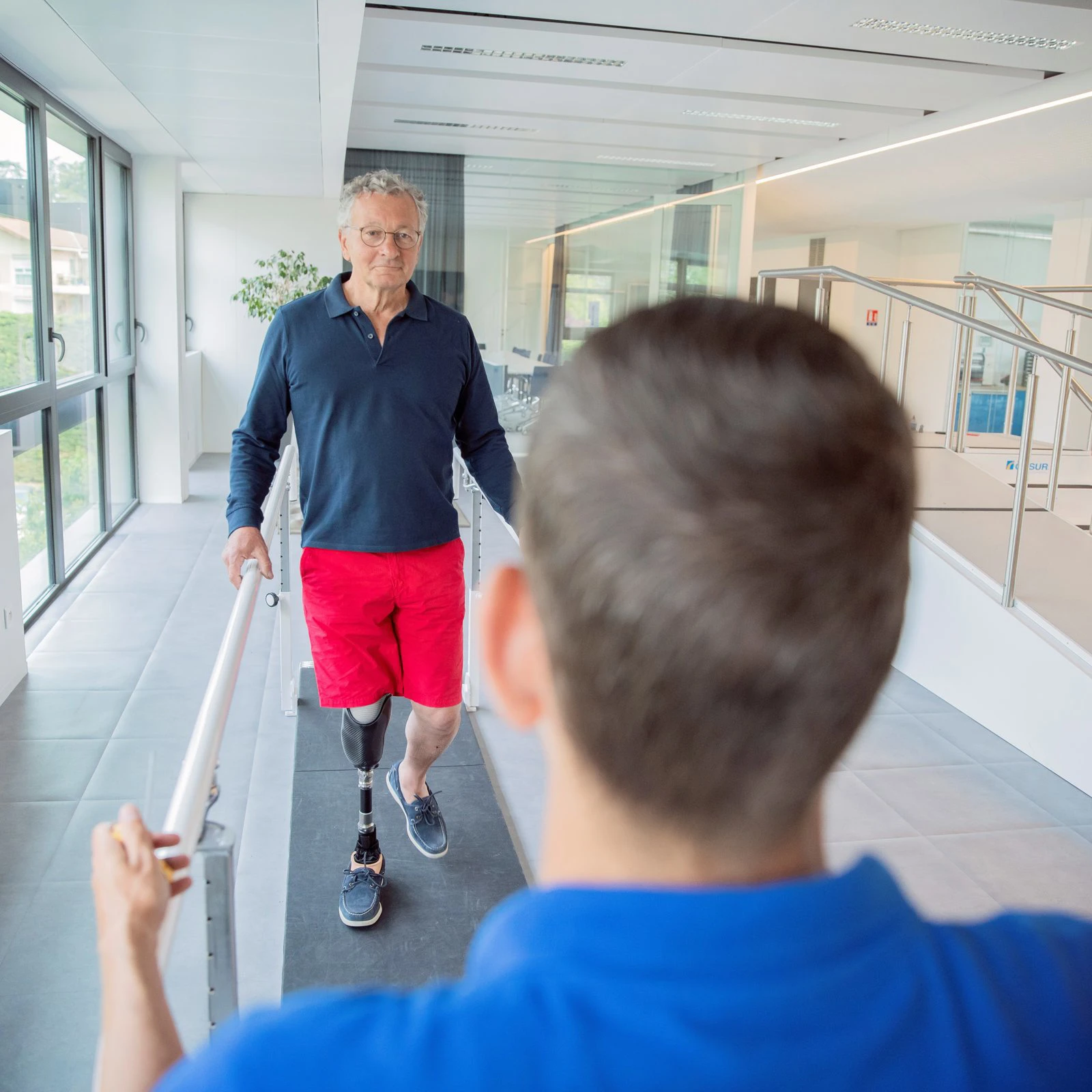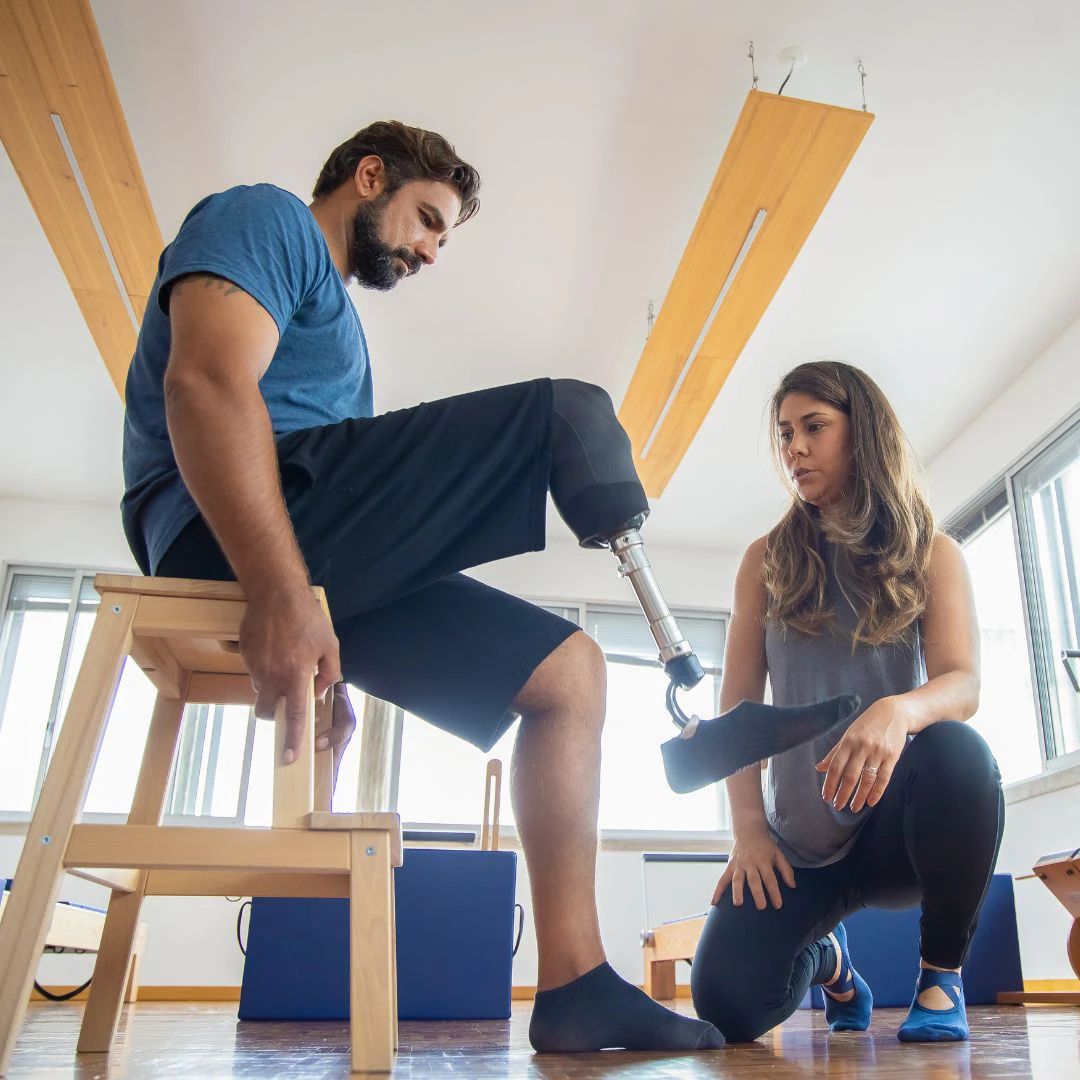A well-fitting prosthesis provides greater mobility. This helps your brain to process correct sensory input again. The “brain maps” gradually adapt by providing the right stimuli via the stump and prosthesis. We often see that this reduces the intensity of phantom pain.
A good prosthesis also improves your posture and blood circulation, which also has a positive effect on your nervous system.







